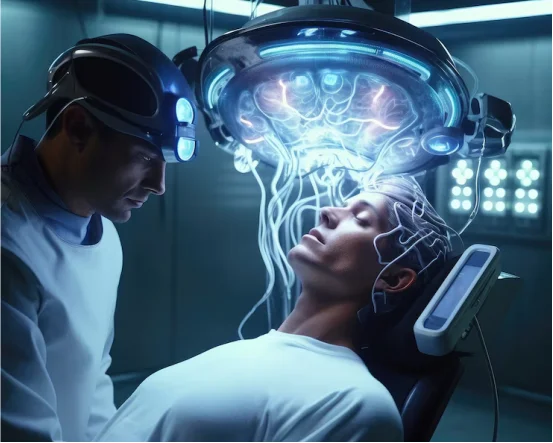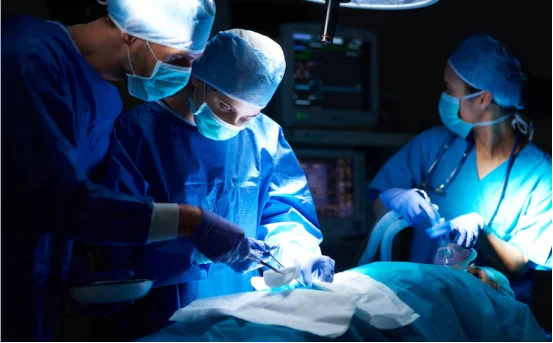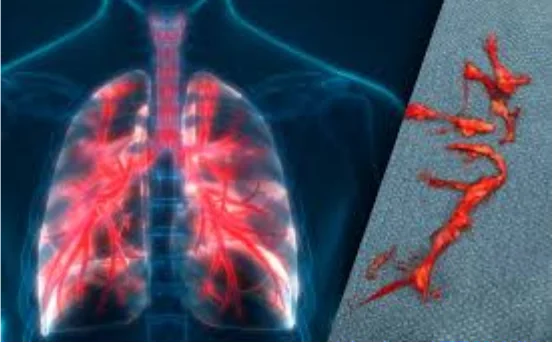Introduction
Burn injuries can cause severe damage to the skin, muscles, and underlying tissues. Even after the initial treatment and healing process, many burn survivors are left with long-term effects that can impact their quality of life. Scarring, restricted movement, disfigurement, and chronic pain are some of the complications that often follow severe burns.
Burn reconstruction surgery is a specialized set of procedures aimed at restoring both function and appearance to the areas affected by burns. However, not all burn injuries require reconstruction, and knowing when this surgery may be necessary is crucial for proper recovery. Recognizing the symptoms that indicate a need for burn reconstruction can help patients seek timely intervention and improve both physical and emotional outcomes. Below are the key symptoms for burn reconstruction surgery may be needed.
Symptoms for Burn Reconstruction Surgery
- Presence of Severe Scar Contractures :- One of the most significant indicators for burn reconstruction surgery is the presence of scar contractures. Contractures occur when scar tissue tightens over time, pulling the skin and underlying tissues. This tightening can severely limit movement, especially if the burn injury is near a joint such as the elbow, knee, shoulder, or fingers. Patients may find it difficult or impossible to perform normal daily activities such as walking, dressing, or reaching. In some cases, contractures can even interfere with basic bodily functions like breathing if they develop around the neck or chest. Burn reconstruction surgery can release these contractures, restore mobility, and prevent further complications. Procedures such as Z-plasty, skin grafting, or flap surgery are often used to correct this issue.
- Persistent Functional Limitations :- Burn injuries can lead to lasting functional impairments that significantly affect quality of life. These limitations may include reduced hand dexterity, difficulty closing the eyes, impaired speech, or challenges with eating and swallowing if the face or mouth area was affected. If physical therapy and non-surgical treatments fail to improve these functional problems, burn reconstruction surgery may be necessary. By replacing or rearranging scarred tissue, surgeons can restore functionality to affected areas, allowing patients to regain independence in daily activities.
- Disfigurement and Cosmetic Concerns :- Severe burns can cause significant disfigurement, especially when they occur on visible areas such as the face, neck, or hands. Burn scars may appear thick, raised, or irregularly shaped, which can impact self-esteem and emotional well-being. While cosmetic appearance alone is not always a medical reason for surgery, the psychological effects of disfigurement can be profound. Many patients experience social anxiety, depression, or a reduced quality of life due to their appearance. Burn reconstruction surgery can help by improving the aesthetic outcome of burn scars. Techniques like scar revision, tissue expansion, and skin grafting can create a more natural appearance and reduce the emotional burden caused by disfigurement.
- Chronic Pain or Discomfort :- Some burn survivors experience chronic pain or discomfort even after the wounds have healed. This can be caused by nerve damage, thickened scar tissue, or tight skin pulling on surrounding tissues. Painful scars may also become hypersensitive, making it uncomfortable to wear clothing or perform routine activities. When conservative treatments such as medications or physical therapy fail to relieve this pain, burn reconstruction surgery may be considered. Surgical procedures can remove painful scar tissue, release tension, and protect exposed nerves, resulting in significant pain relief and improved comfort.
- Recurrent Infections in Scarred Areas :- Burn scars can sometimes create areas of fragile or poorly healed skin that are prone to breakdown and infection. These recurrent infections can delay healing, cause additional tissue damage, and increase the risk of serious complications. If scarred areas frequently become infected despite proper wound care, burn reconstruction surgery may be required. Replacing damaged tissue with healthy, well-vascularized skin from grafts or flaps can reduce the likelihood of infections and improve the durability of the affected area.
- Non-Healing Wounds :- In some cases, burn injuries do not heal properly even after months of treatment. This may occur due to poor blood supply in the affected area, extensive tissue loss, or underlying medical conditions that interfere with the healing process. Non-healing wounds not only increase the risk of infection but also cause ongoing pain and functional issues. Burn reconstruction surgery can provide new, healthy tissue to cover these wounds and facilitate proper healing.
- Emotional and Psychological Distress :- Burn injuries can take a heavy emotional toll. Survivors often struggle with feelings of isolation, anxiety, and depression due to visible scarring or loss of function. These psychological effects can be just as debilitating as physical symptoms. If emotional distress is linked to the appearance or limitations caused by burn injuries, burn reconstruction surgery can play an important role in recovery. Improving the look and function of affected areas can boost self-confidence, reduce anxiety, and help patients feel more comfortable in social situations.
- Eye, Nose, or Mouth Complications :- Burn injuries that affect the face can lead to complications involving the eyes, nose, or mouth. Scar tissue may pull the eyelids downward (ectropion), preventing them from closing properly, which can cause chronic eye irritation or vision problems. Burns around the nose may obstruct breathing, while injuries near the mouth can make eating, drinking, and speaking difficult. These complications often require surgical intervention to restore proper function. Burn reconstruction procedures can correct deformities, reposition eyelids or lips, and open blocked airways, greatly improving the patient’s quality of life.
Conclusion
Burn reconstruction surgery is an important step in helping burn survivors regain function, reduce pain, and restore their appearance after a traumatic injury. Symptoms such as severe contractures, functional limitations, disfigurement, chronic pain, recurrent infections, non-healing wounds, and emotional distress all indicate the potential need for this surgery.
By addressing these physical and emotional challenges, burn reconstruction surgery can dramatically improve quality of life and help patients move forward with confidence. Early consultation with a burn reconstruction specialist ensures that patients receive the best possible care tailored to their unique needs.
If you or a loved one is experiencing any of the symptoms described above, seeking professional advice can help determine whether burn reconstruction surgery is the right option for you.























